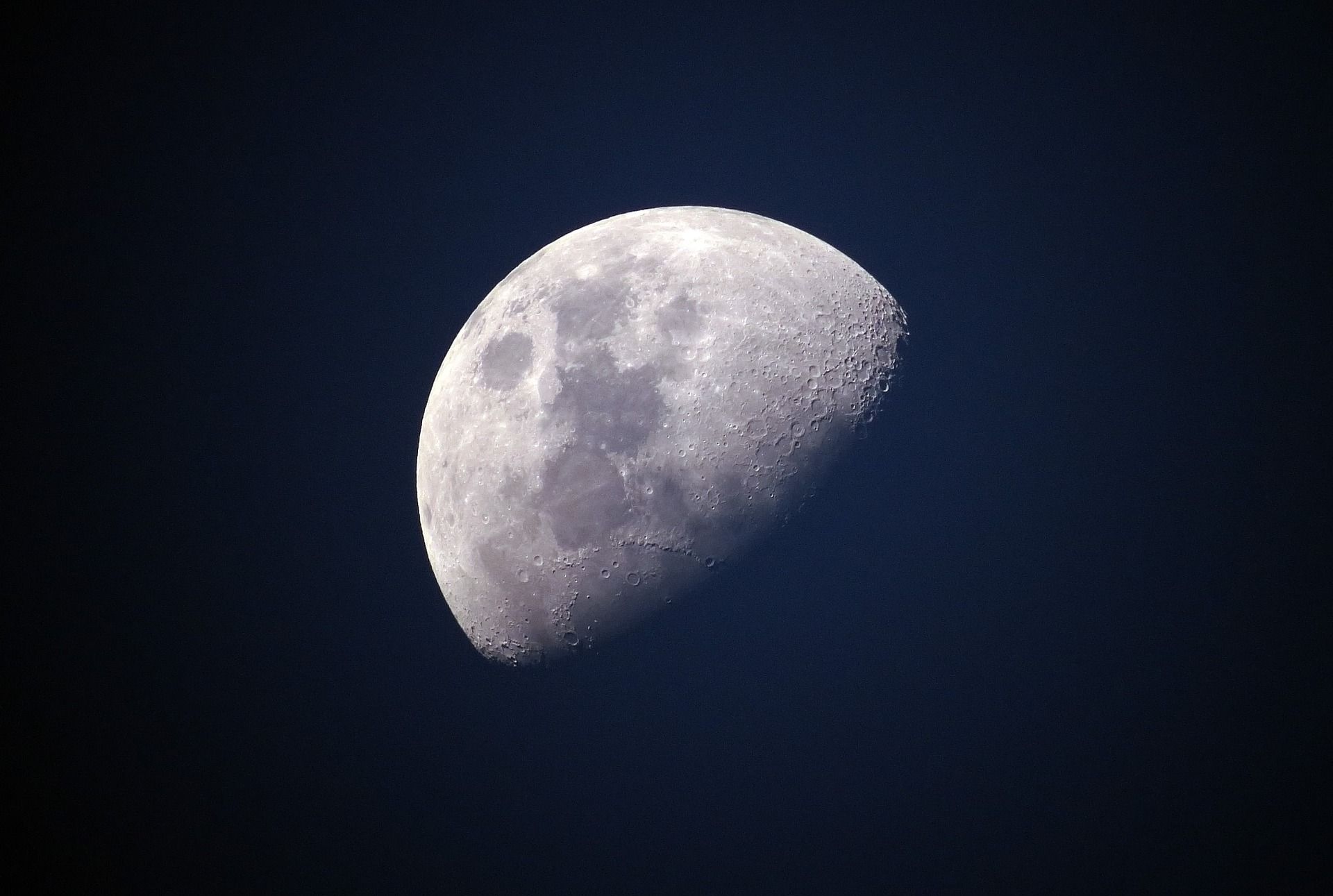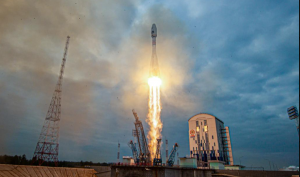After seven years of hurtling through the vacuum of space, a SpaceX Falcon 9 rocket is on a collision course with the moon, scientists say.
The Falcon 9 booster was originally launched from Florida in February 2015 as part of an interplanetary mission to launch a space weather satellite to its destination far away from the moon.
The booster managed to successfully deliver its payload, NOAA’s Deep Space Climate Observatory, to its destination at a Lagrange Point four times further than the moon. However, after completing a long burn of its engine to complete its mission, the booster became derelict.
Also read | James Webb, world’s biggest telescope, reaches 1 million miles from earth: NASA
The rocket, which did not have enough fuel to return to Earth, got stranded in space, unable to escape the gravity of the Earth-Moon system.
“So it has been following a somewhat chaotic orbit since February 2015,” said meteorologist Eric Berger in a recent post on Ars Technica.
Given its trajectory, experts believe that the Falcon 9 rocket is on a collision course with the moon. At its current speed of 2.58km/s, the rocket is set to collide with Earth’s satellite in a few weeks from now.
Earlier this month, Bill Gray, who writes software for tracking near-Earth objects (NEOs) such as asteroids, comets, and minor planets, has predicted that the Falcon 9 rocket will crash into the far side of the moon near its equator on March 5.
Gray said that the rocket made a “close lunar flyby” on January 5, and that there would be “certain impact” on March 5. “This is the first unintentional case of which I am aware,” the data analyst added.
Also read | Indian-origin scientist creates world’s 1st molecular structure of omicron protein
Similarly, astrophysicist Jonathan McDowell from Harvard University said that the rocket would collide with moon on March 4. Despite the difference of a day in the time of estimated impact, both McDowell and Gray, along with a host of others are convinced that that the Falcon 9 is destined for a collision with the moon in the weeks to come.
However, the impact will not be visible on Earth by virtue of it happening on the far side of the moon. Nevertheless, astronomy aficionados believe that the impact could provide valuable data, such as insights into subsurface lunar material that is likely to get ejected when the rocket makes impact.







